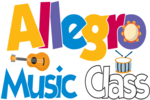Why us
- We are adopting an award-winning programme in our music curriculum.
- Music Rhapsody is a programme developed by Lynn Kleiner, an internationally recognized leader in music education and has been teaching since 1978. She has been teaching thousands of children ranging from infants through teens in daycares, preschools, elementary schools since 1983 in America.
- Teachers at Allegro Music Class are licensed teachers of licensed teachers of Music Rhpsody.
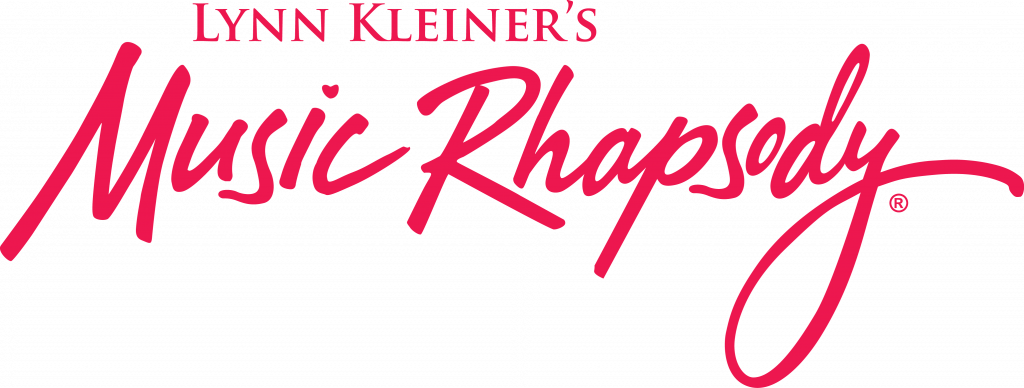
What do we do in Allegro Music Class:
Beat/Rhythm
Children practice matching an external beat using a single motion per beat. We often practice playing the beat on xylophones or drums. Rhythm to words is not played on the instruments until the student has mastered the beat.
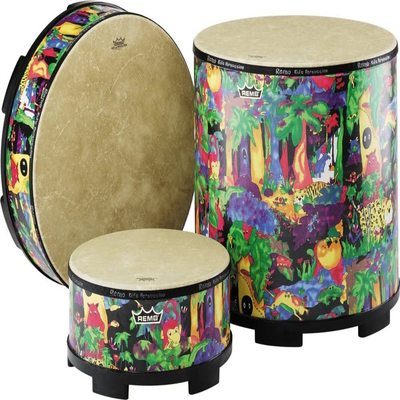
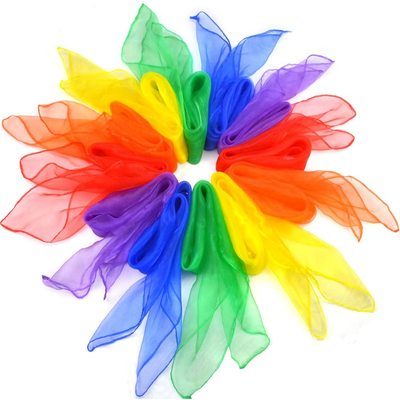
Movement
Creative movement is used with a poem, rhyme, or story. Imagery is used to create situations where the children move “like” something or as if they “were” something, such as a cat, tree, etc. Some beginner folk dances are taught as well as activities to move together to a common beat.
Listening
Experience trains the ear to be more sensitive and hear with a high level of discrimination, making music more enjoyable. A variety of styles and composers are introduced.
Classical music is taught through “active” listening, which includes movement, props (scarves, puppets, stretchy bands and parachutes) and instruments.
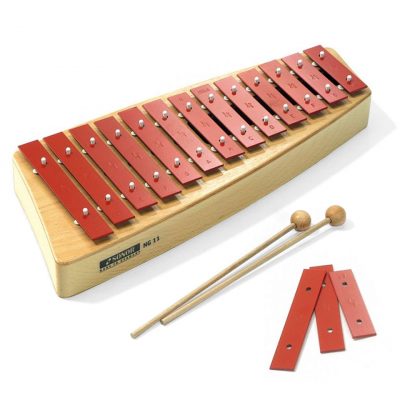
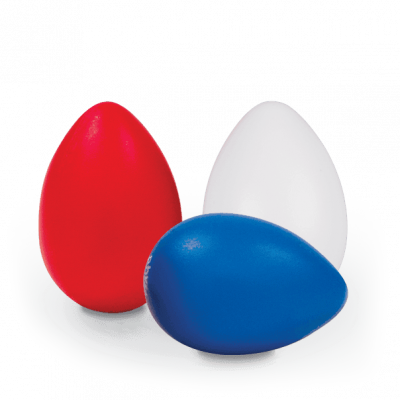
Reading Music
Just as children learn to speak before they read, the preschool student experiences and learns to make music before learning to read music. Some simple visuals are presented in the 4 and 5 year classes which represent beats and sounds on the beat in preparation for music notation.
Singing
Children learn a variety of songs: animal songs, seasonal songs, singing games, children’s folk songs, et cetera. The children become aware of different vocal qualities in the lessons such as high-low, head and chest voice, and singing, talking, and whisper voice.
Many opportunities for solo singing are presented in the lessons. This may be as simple as a singing game where a child responds with a two-note, one-word response. This gives the child an opportunity to hear his or her own voice and the teacher a chance to evaluate and assist.
Pitch-matching for singing in tune is an important goal of the programme. Children are encouraged to make up their own verses to songs and to make up their own melodies.
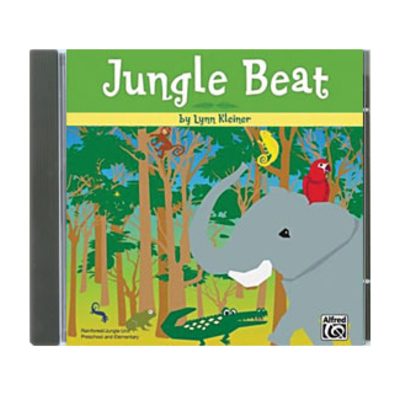
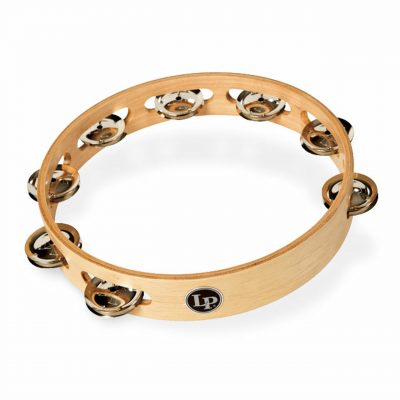
Instruments
Students orchestrate songs, rhymes, poetry, and stories using various unpitched percussion. The children learn the names and categories of these instruments (woods: tone blocks and rhythm sticks; metals: triangles and finger cymbals; skins: hand drums and tambourines; and shakers: maracas, jingle bells and shaker eggs).
The instruments are used to reinforce the music concepts taught, such as fast and slow, high and low, long and short. They are also used to teach timing and musicianship. Free exploration and creativity is offered. Older students and more experienced classes also use the Orff instrument: glockenspiels.
